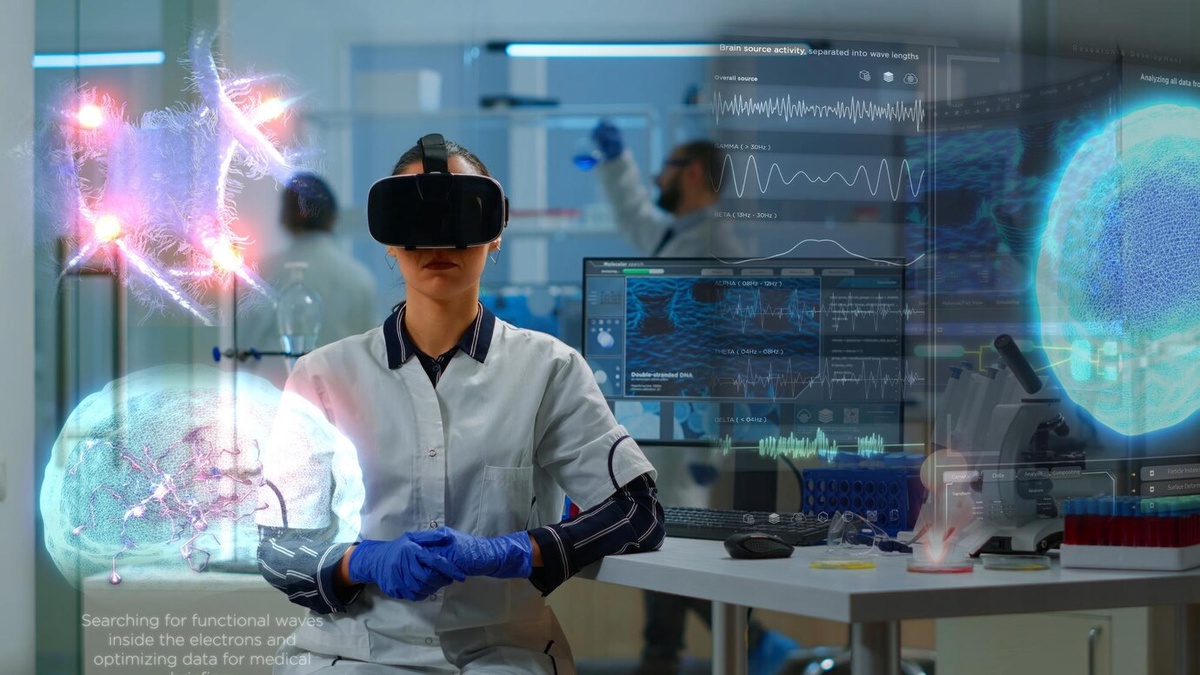In the realm of healthcare and scientific innovation, neurotechnology has emerged as a groundbreaking field, holding the promise of revolutionizing the way we understand and interact with the human brain. The marriage of technology and neuroscience has given rise to unprecedented opportunities for improving lives through innovative research. This article explores the latest advancements in neurotechnology, shedding light on how these breakthroughs are enhancing lives across the globe.
Understanding Neurotechnology
Neurotechnology involves the development and application of technologies that interact with the nervous system. This multidisciplinary field encompasses a wide range of devices and techniques, from brain-machine interfaces to neurostimulation and neuroimaging. The overarching goal is to decode the complexities of the brain, paving the way for novel treatments, diagnostics, and interventions.
Innovative Research Driving Progress
Recent years have witnessed an explosion of innovative research in neurotechnology, driven by a collective effort of scientists, engineers, and healthcare professionals. One notable area of exploration is brain-machine interfaces (BMIs), which enable direct communication between the brain and external devices. Researchers are actively working on refining these interfaces to restore lost functionalities in individuals with paralysis or neurodegenerative disorders.
Neurostimulation is another frontier in neurotechnology research. Techniques such as deep brain stimulation (DBS) have shown remarkable efficacy in managing conditions like Parkinson's disease and treatment-resistant depression. Ongoing studies are exploring new applications of neurostimulation, from enhancing memory to alleviating chronic pain.
Advancements in neuroimaging technologies have provided unprecedented insights into the workings of the brain. Functional magnetic resonance imaging (fMRI) and magnetoencephalography (MEG) allow researchers to observe brain activity in real-time, aiding in the diagnosis and treatment of neurological disorders. The integration of artificial intelligence with neuroimaging is enhancing the precision and efficiency of data analysis, leading to more accurate and timely interventions.
Real-World Applications
The impact of neurotechnology extends beyond the laboratory, finding practical applications in healthcare and everyday life. One of the most promising areas is neurorehabilitation, where individuals with spinal cord injuries or limb amputations can regain mobility and control through the use of advanced prosthetics connected to their neural pathways.
In the realm of mental health, neurotechnology is offering new avenues for treatment. Transcranial magnetic stimulation (TMS) and transcranial direct current stimulation (tDCS) are non-invasive techniques that show promise in managing conditions like depression and anxiety. These interventions, when combined with traditional therapies, provide a holistic approach to mental health care.
Moreover, neurotechnology is playing a crucial role in personalized medicine. Tailoring treatments based on an individual's unique neural profile allows for more effective and targeted interventions. This personalized approach is particularly promising in the field of neurology, where conditions such as epilepsy and migraine exhibit significant variability among patients.
Challenges and Ethical Considerations
While the potential of neurotechnology is vast, it comes with its set of challenges and ethical considerations. Issues related to privacy, consent, and the long-term effects of neurointerventions require careful consideration. As we delve deeper into the intricacies of the brain, the ethical framework surrounding neurotechnology must evolve in tandem to ensure responsible and equitable use.
The Future of Neurotechnology
As neurotechnology continues to evolve, the future holds exciting possibilities. Advanced brain-computer interfaces may enable seamless communication between humans and machines, opening doors to enhanced cognitive abilities and augmented reality experiences. The integration of neurotechnology with robotics could revolutionize fields such as neuroprosthetics and exoskeletons, providing new levels of mobility to individuals with physical limitations.
In the realm of neurotherapeutics, targeted interventions based on neurobiological markers may become commonplace, offering more effective and personalized treatments for neurological and psychiatric disorders. The synergy between neurotechnology and pharmacology may lead to innovative drug delivery methods that precisely target neural pathways, minimizing side effects and maximizing therapeutic benefits.
Conclusion
Neurotechnology stands at the forefront of scientific innovation, holding the potential to transform the landscape of healthcare and improve lives in unprecedented ways. The collaborative efforts of researchers, engineers, and healthcare professionals are driving the field forward, unraveling the mysteries of the human brain and harnessing its power for the betterment of humanity. As we navigate the ethical considerations and challenges, the journey into the realm of neurotechnology continues to be a beacon of hope for a future where neurological disorders are better understood, and individuals can lead fuller, healthier lives.


No comments yet